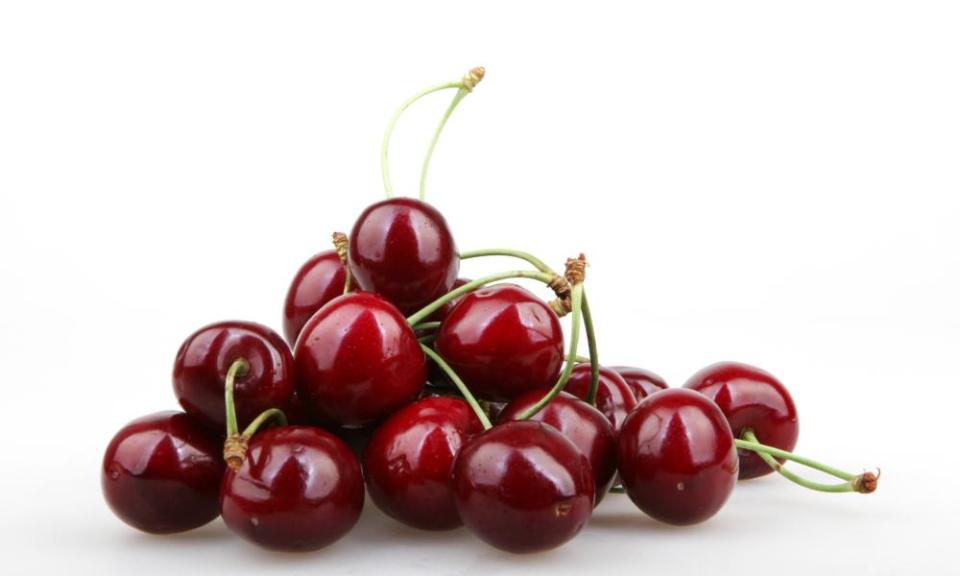For home-grown treats, plant fruit trees

Growing your own is often touted as a quick, cheap and easy route to self-sufficiency, but even as someone who makes their living helping people do it, I have to tell you that it is really none of those things. But the good news is that the incredible flavours, enormous range of varieties, fresh air, exercise and sheer joy of the process more than make up for the considerable investment in time, effort and cash that it requires to grow food for yourself.
Relish the incredible flavours, enormous range of varieties, fresh air, exercise and sheer joy of the process
However, there is one type of crop that is a notable exception, providing you with harvests for decades to come and giving you access to many hard-to-find varieties in exchange for very little outlay: fruit trees. And right now is the perfect time to plant one.
I think people are often put off growing fruit trees because of all the confusing pruning rules and hard-to-follow diagrams you find in gardening books, but here is the simple truth – dig a hole, plant an apple tree in it, water it regularly for the first year or so and then, without doing anything else, you will enjoy a harvest of apples for anything up to the next 50 years.
The trees will, of course, grow bigger and produce more fruit if you get the pruning right, but this really isn’t essential. The trees will do just fine if left to themselves. All you have to do is look at the fruiting apple trees growing on the verges of many of the country’s motorways, which must have sprouted from the pips in cores chucked from car windows, to know that these trees absolutely do not require teams of dedicated horticulturists to stay alive.

I’d go for an unusual variety, such as something from the Redlove group, created by ingenious Swiss breeders. They are not just a brilliant vermilion on the outside, but even stained blood red to their core. Their good sweet/tart balance makes them great for eating either fresh or cooked. They give pies, compotes and fruit salads a wondrous red hue.
If you want something even quirkier, try a quince. These curious fragrant little fruits, like a cross between an apple and a pear, can be grown in exactly the same way as either of their close relatives. You can use them as you would a cooking apple, too. With a beguiling aromatic “pear drop” perfume and slippery texture, they are indescribably delicious in everything from jams to crumbles.
Finally, sour cherries are definitely worth a mention. Before the Second World War at least 50 sour cherry varieties were commercially cultivated in Britain; now we barely have one. With a hefty dose of acidity that contrasts against the avalanche of sugar used in pies, jellies and compotes, they are superior in every way to the bland supermarket types. Don’t be put off by their “sour” name either because, in fact, fully ripe sour cherries contain just as much (if not more) sugar as so-called “sweet” ones – they are just paired with a bright, fresh acidity, making for more flavour all round.
If you have space, plant one of each, and thank me for years to come.
ollow James on Twitter @Botanygeek

 Yahoo Finance
Yahoo Finance 